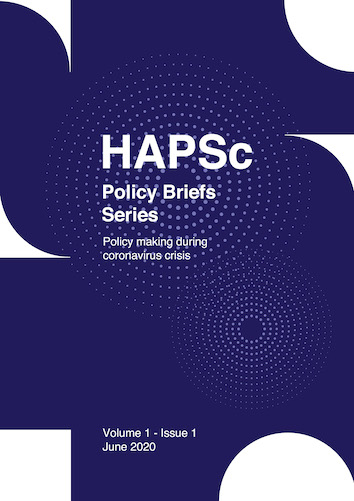“Fallen Angels” under European Union’s migration gesture
Abstract
According to the European Commission, from January 2020 till now, there have been new 8636 asylum requests to Greece. In the meanwhile, the living conditions of refugees and migrants in the overcrowded camps and hotspots, have attracted the attention of the press once again, amid the COVID-19 pandemic.
After her visit at the Greek, and thus European, borders, the President of the European Commission, Ursula von der Leyen was alarmed by the current situation of thousands unaccompanied minors and asked Commissioner Ylva Johansson to ensure their protection. (European Commission, 2020).
This policy brief outlines the parameters of all International and European judiciary background, which protects children under refugee or migrant status. Moreover, referring to recent quantitative data, it analyses the current state of affairs, as well as the problems children face as residents in current camps and hotspots in Greece. Thus, taking all these into account it suggests briefly the following possible measures:
- The creation of a minors’ allocation platform for all EU countries.
- Public awareness-raising, through media campaigning at a European level.
- The adoption of the Proposal for a new Asylum Procedures Regulation 2013/32/EU.
- The facilitation of mutual trust and cooperation between national authorities, in order to proceed quickly with the relocation of unaccompanied minors and the raising of funds for that purpose.
- The increase of juvenile prosecutors per child.
- The application of safety measures in camps and hotspots, in order to tackle the COVID-19 pandemic.
- The establishment of external consultancy methods for NGOs in order to monitor the use of EU funds in accordance with childrens’ needs.
Article Details
- Come citare
-
Plessia, V. (2020). “Fallen Angels” under European Union’s migration gesture. HAPSc Policy Briefs Series, 1(1), 219–225. https://doi.org/10.12681/hapscpbs.24969
- Sezione
- Articles

TQuesto lavoro è fornito con la licenza Creative Commons Attribuzione 4.0 Internazionale.
Authors retain copyright and grant the journal right of first publication with the work simultaneously licensed under a Creative Commons Attribution License that allows others to share the work with an acknowledgement of the work's authorship and initial publication in this journal.


